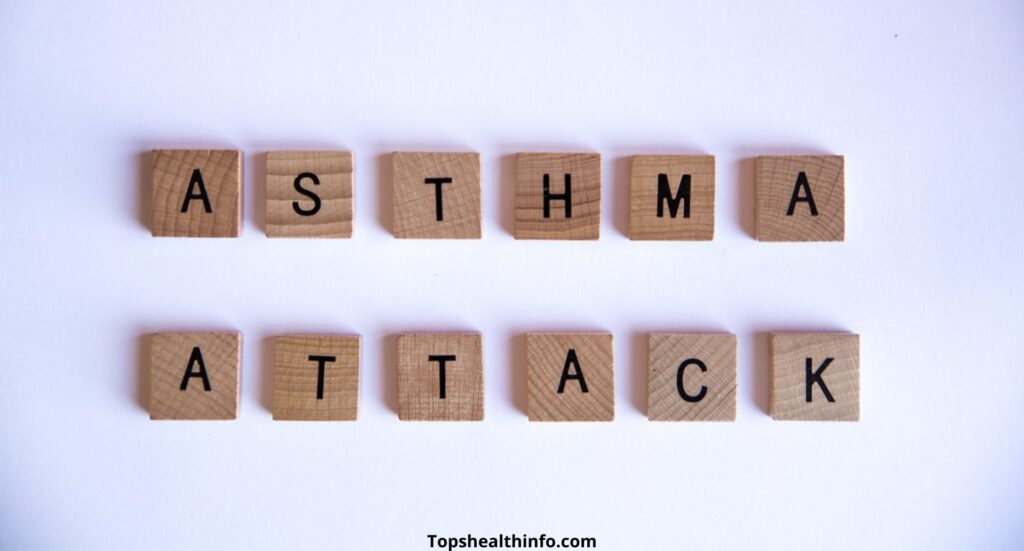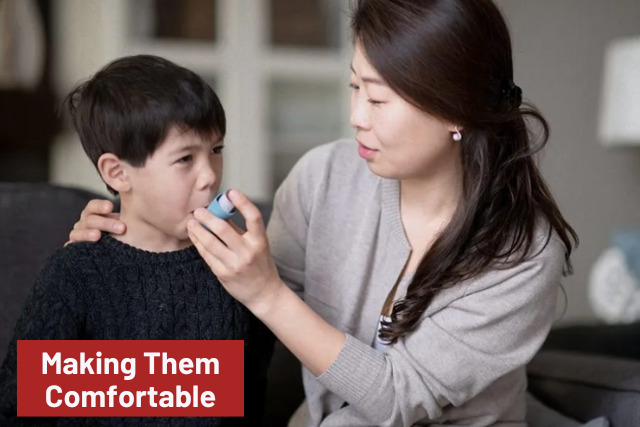
Asthma Attack is a widespread, non-communicable condition that affects both children and adults after eating or any time in day and at night. It’s a chronic and potentially life-threatening disorder that causes the airways to spasm and produce phlegm. The inflammation of the linings of the airways leads to tightness in the chest and causes extreme difficulty in breathing.
Asthma is a chronic disorder, especially in the case of adults, which means that the person who suffers from it will experience the onsets throughout their entire life. Even though it’s incurable, it’s also well-documented and manageable.
With almost 340 million people suffering from asthma worldwide, you can expect that treatment options and medication will be easily available. While it’s possible to buy Ventolin inhaler online, asthma attacks are always unpleasant and have to be dealt with as soon as possible. If you, your loved ones, or a complete stranger happen to suffer from an asthma attack, you must know what to do. This article will shed some light on common asthma triggers and symptoms. You’ll also learn how you can help a person suffering from an asthma attack.
What Is Asthma Attack: Types, Symptoms & Treatments
Asthma Triggers
It’s not a novel idea to treat asthma as a “neuropathic” illness.. People with asthma usually experience the onsets of their condition due to a number of causes, or triggers. The symptoms occur as a response to triggers such as:
- Smoke, polluted air, fumes
- Allergens, such as animal fur, pollen, dust mites
- Mould, damp
- Sudden changes in weather patterns
- Infections like cold or flu
- Some medicines, such as aspirin or ibuprofen (anti-inflammatory painkillers)
- Intensive exercise
- Intense emotions, such as stress or laughter
What Are the Symptoms?

A person suffering from an asthma attack is likely to exhibit the following symptoms:
- Shortness of breath, sometimes to the extent a person is unable to speak, eat, or sleep
- Coughing
- Wheezing, especially when exhaling
- Tightness in the chest
- Blueish tint on the lips or fingers
- Increased heart rate
- Drowsiness, confusion, dizziness
- Fainting
Keep in mind that every asthma attack is different. As such, not all people who have asthma will exhibit the same symptoms. What’s more, even the same person may have attacks with varying levels of severity, which are going to differ when it comes to the symptoms and their intensity.
How Can You Help?
An asthma attack can look scary. However, it’s important not to freeze in fear. There are still many things or exercise you can do to help . These include:
-
Staying Calm
How to treat asthma attack? During an asthma attack, it’s important to remain calm and not give in to panic mode. If you’re helping someone in need, speak in a calm, but firm voice. Use positive language and avoid making comments that can exacerbate the situation.
-
Making Them Comfortable

A person suffering from an asthma attack will feel extremely vulnerable and may behave erratically. As such, you should encourage them to calm down and regain control of the situation.
Help the person sit down upright and assist them gently if they can’t sit straight on their own. Try to loosen any restricting pieces of clothing; if you’re dealing with a stranger, always communicate what you’re going to do and try to assess if the person won’t feel too uncomfortable. Then, encourage them to take long, deep breaths. This may be difficult for them, so be patient and don’t rush.
-
Eliminating the Trigger
As we mentioned before, asthma attacks can be triggered by many factors, such as pollen, sawdust, smoke, pets and their fur, chemicals, or other allergens. Sadly, an attack can occur even when there’s no clear cause. However, if you suspect someone might be having an asthma attack due to environmental factors, lead them away from the trigger.
To help alleviate the symptoms, help the person in need move to a different place, preferably the one where the air is clearer. It can be an air-conditioned space. However, keep in mind that cold air can make the symptoms worse. As such, don’t take them outside, especially if it’s cold.
-
Calling an Ambulance
In case of a severe asthma attack, when a person has a bluish discoloration on the lips or on the tips of their fingers, their skin looks like it’s sucked on the neck and in between the ribs, and the breathing is impaired to such an extent that it’s impossible to communicate, you should call an ambulance. The attack is unlikely to go away on its own, and you have no way of treating it. As such, getting medical help is the best you can do.
The Bottom Line
In the case of a chronic and potentially dangerous condition such as asthma, your actions can make all the difference. Now you know what can trigger an asthma attack and how to deal with it if you notice someone suffering from it. One day, this knowledge may prove extremely valuable.
FAQs: Asthma Attack
-
What is an asthma attack?
- An asthma attack occurs when asthma symptoms worsen suddenly due to muscle tightening around the airways, leading to increased breathing difficulties.
-
What are the types of asthma attacks?
- Types include mild, moderate, severe, and life-threatening asthma attacks, each classified based on symptoms and severity.
-
What causes an asthma attack?
- Common triggers include allergens (pollen, pet dander), respiratory infections, exercise, cold air, and stress.
-
What are the early symptoms of an asthma attack?
- Early symptoms include shortness of breath, wheezing, coughing, and chest tightness.
-
How long does an asthma attack last?
- The duration varies by individual, ranging from a few minutes to several hours or, in severe cases, days.
-
What should I do during an asthma attack?
- Use a quick-relief inhaler, stay calm, and seek medical attention if symptoms don’t improve or worsen.
-
How can I recognize a severe asthma attack?
- Severe attacks are marked by extreme breathlessness, inability to speak, or cyanosis (blue lips/fingertips), requiring immediate medical care.
-
What are the long-term effects of repeated asthma attacks?
- Frequent attacks can lead to airway remodeling, reducing lung function and increasing the risk of severe asthma.
-
What treatments are available for asthma attacks?
- Treatments include inhaled bronchodilators (short-term relief), steroids (to reduce inflammation), and oxygen therapy in emergencies.
-
How can I prevent asthma attacks?
- Identify and avoid triggers, adhere to prescribed asthma medication, and monitor lung function regularly.
